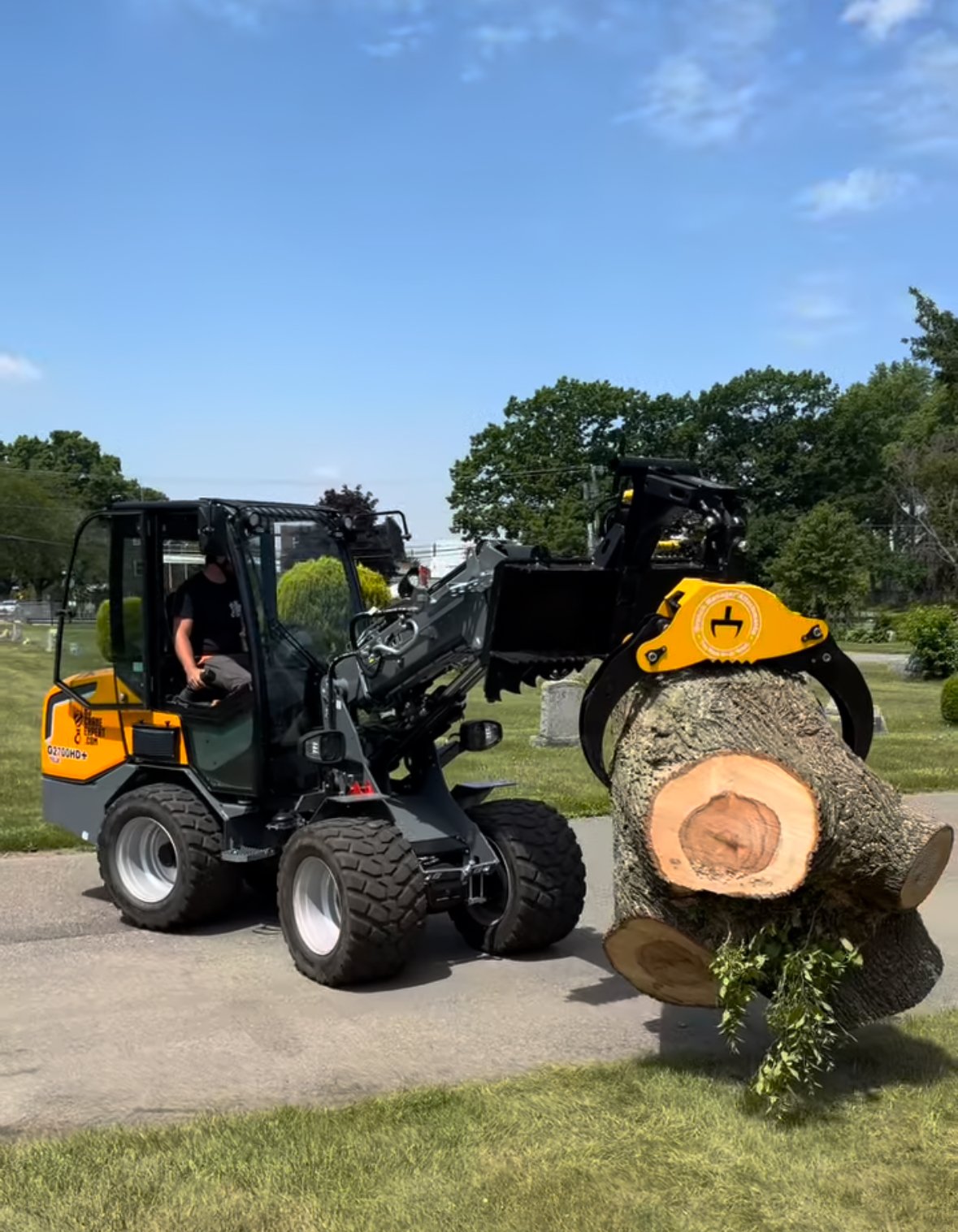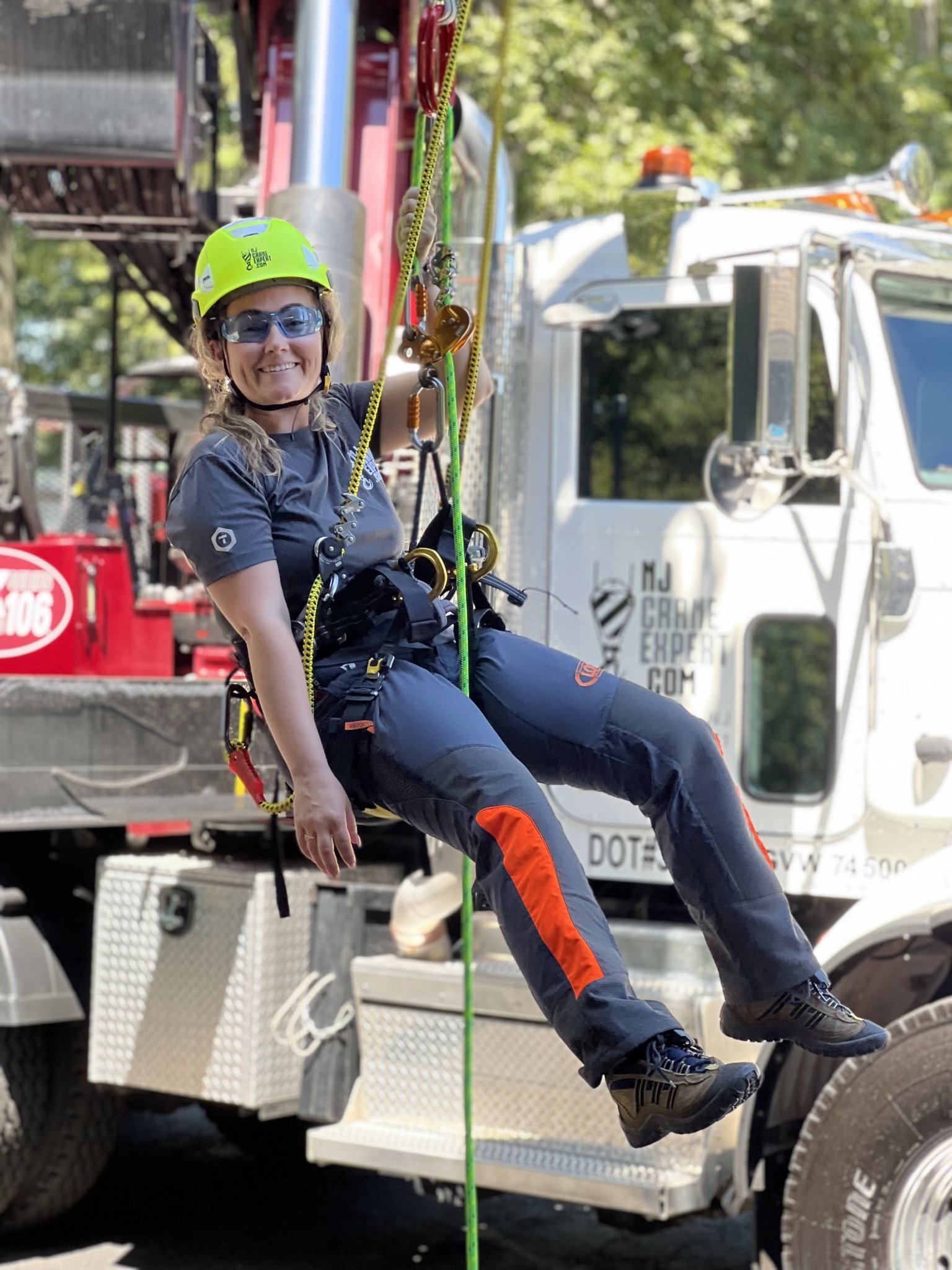
Noble Oak Safety & Training Welcomes Altec Teupen as Newest Sponsor, Honoring a Shared Commitment to Education and Safety
Noble Oak Safety & Training Welcomes Altec Teupen as Newest Sponsor, Honoring a Shared Commitment to Education and Safety

Elevating Lift Safety: Our Collaboration with Noble Oak Safety & Training
At Tracked Lifts, we’re thrilled to announce an exciting new collaboration that’s set to revolutionize the tree care industry. We’ve teamed up with Noble Oak Safety & Training to integrate comprehensive operator development training with the sale of all our tracked aerial lifts.

Advancements and Best Practices in Crane Operations with Hans J Tielmann
In this episode of Timber Talks, we explore the world of crane operations and safety with Hans J. Tielmann, founder and lead instructor at NJ Crane Expert. Hans shares his extensive knowledge on the historical evolution of crane operations, the integration of modern technology, and how his organization adapts to industry changes. We also explore future trends and innovations in crane operation safety, particularly in the forestry and arboriculture sectors.

Wheel Loader & Skid Steer Safety
Understanding the safety requirements of skid steers and mini loaders is crucial to prevent accidents and injuries, ensuring both operator and bystander safety. Adhering to these protocols protects the equipment, enhancing its longevity and performance.

Grapple-Saw Safety
As a New Jersey Licensed Tree Expert, TCIA Certified Treecare Safety Professional (CTSP) and TCIA Qualified Trainer, I have witnessed the profound impact that technological advancements have had on the tree care industry. Among these, the grapple-saw attachment for knuckle-boom cranes stands out as a revolutionary development.

Kay Factors for Safe K-Boom & Grapple Saw User
Did you miss TCIA Expo 2023? Here you can see Hans’ session!

E45: Hans Tielmann: Building Success Through Opportunity and Customer Focus
Dr. Jean, The Results Queen® features Hans Tielmann, owner of NJ Crane Expert, discussing how he has built his business through a focus on customer success and seizing opportunities. Hans shares his career progression from arborist to safety trainer and entrepreneur. He emphasizes the importance of understanding customer needs and providing honest recommendations, even when customers may not want to hear them.


Noble Oak Safety & Training Joins Forces with GiANT Loaders to Revolutionize Equipment Operator Safety in Tree Care
NJ Crane Expert, a Noble Oak Safety & Training company, the leading provider of safety training solutions in the tree care and equipment industries, proudly announces an exclusive partnership with GiANT by Tobroco, a renowned innovator and manufacturer of mini skid steers and compact wheel loaders.

Jordan Tielmann: Reshaping and Elevating the Role of Women, One Lift at a Time
Tielmann, a Certified Treecare Safety Professional (CTSP), should know; she is executive director of both Noble Oak Safety and Training and its subsidiary, NJ Crane Expert, a five-year TCIA corporate member company and a certified woman-owned business. Both businesses are based in Flemington, New Jersey.

Milwaukee Tool Joins Forces with NJ Crane Expert!
Milwaukee Tool, a multi-national leader in professional power tools, proudly announces its strategic affiliation with NJ Crane Expert, a Noble Oak Safety & Training company specializing in tree care industry education.

Learn more about the Petzl MEWP kit variations!
Hear from Petzl Ambassador Ryan Torcicollo and Noble Oak Safety & Training instructor Jon Foote on the new variations to the Petzl MEWP kit.

TCI EXPO 2023 WAS A SUCCESS!
Noble Oak Safety & Training team takes over St. Louis at the 2023 TCI Expo!


We are a certified woman owned business!
Noble Oak, LLC Achieves Certification as a Women-Owned Business, Strengthening Commitment to Diversity and Inclusion in the Trade Industry

Executive Tree Care: Proper Tree Rigging Techniques with NJ Crane Expert & Jake Riggs
Watch this video where Hans Tielmann, Jeremy Sirkin, and Jake Riggs discuss proper rigging techniques when using a crane.

Branch Manager USA Joins Forces with NJ Crane Expert to Enhance Tree Care Workforce Education and Safety
Branch Manager USA, an industry leader in tree care equipment, has become the latest affiliate of NJ Crane Expert

The Builders’ Table Podcast Ep. 41: Hans Tielmann
Hear from Hans Tielmann on Episode 41 of “The Builders’ Table” with NCCER.

Staying Safe with Mini-Loaders: Tips from a Qualified Trainer
These small machines help move things around in tight spaces. But to make sure accidents don't happen, we need to follow some rules. Let's learn how to operate mini-loaders safely!

Navigating Heavy Equipment Financing: Leveraging Deferred Payments During Slow Work Seasons in Tree Care Businesses
Whether you're a seasoned arborist or a new entrepreneur in the field, understanding the intricacies of heavy equipment financing is crucial for the success and growth of your tree care company.

